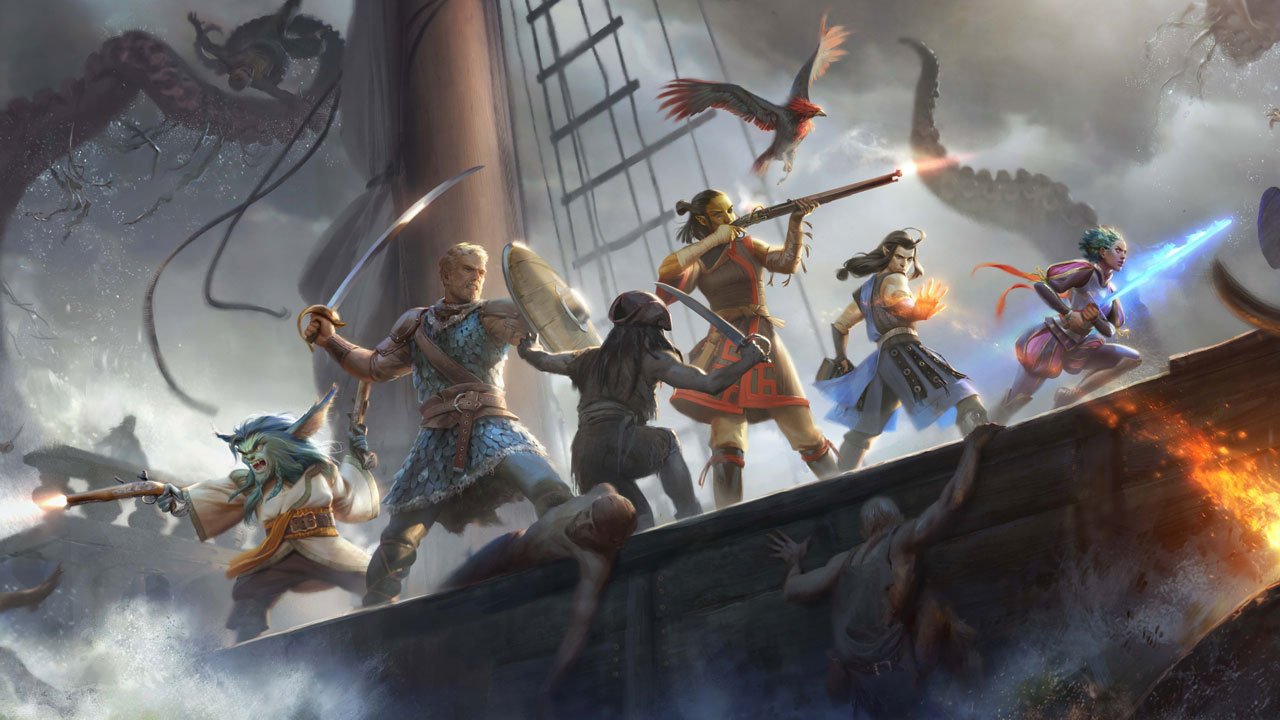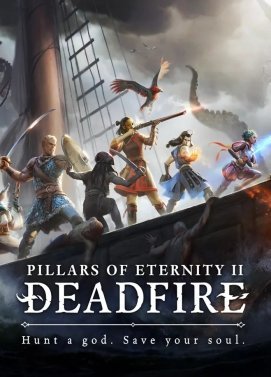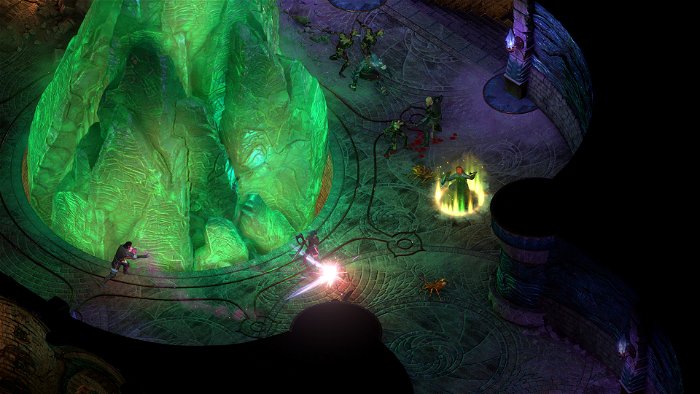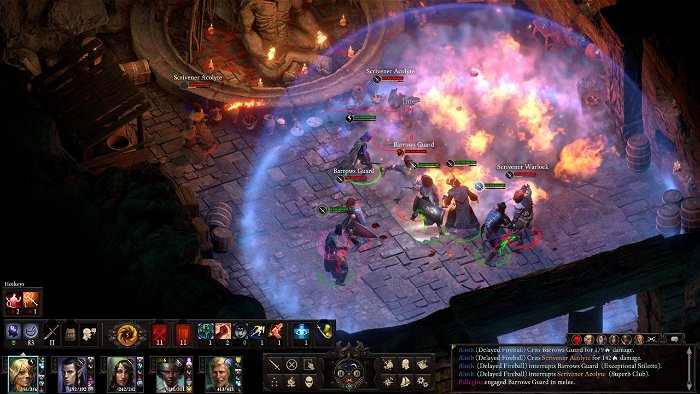Pillars of Eternity II: Deadfire has a lot to live up to. Obsidian’s 2015 RPG was one of the first great Kickstarter success stories, reinvigorating a genre that had faded by the wayside for years with an original setting, well-designed dungeons, and captivating quests.
But within the first few hours of playing Deadfire, any worries that the sequel would fail to meet up to the standards set by its predecessor fell by the wayside. With Deadfire, Obsidian has done the difficult job of creating a sequel that not only stands on its own but surpasses its predecessor in nearly every way.
Set some time after the events of the first Pillars of Eternity, you once again play as the Watcher of Caed Nua. Unfortunately, Caed Nua is quickly destroyed with the reemergence of Eothas, the god of life and rebirth who was thought to have died in the aftermath of a years-long war. You barely manage to survive the ensuing chaos and begin to follow the formerly dead god across the ocean to the Deadfire Archipelago in order to both save your soul and figure out why Eothas is back.
As a direct continuation of Pillars of Eternity, the events of that game greatly influence Deadfire. While veterans can import their save files, newcomers can choose what their Watcher did in Pillars of Eternity, either by choosing several broad paths or by individually picking every choice. Not that entering this game with a new save is bad, as Deadfire does a great job of refreshing players on the events of the first game and introducing them to the wonderful wilds of the Deadfire Archipelago.
Speaking of which, while the setting of the original game was well-realized and epic in scope, it was rooted too much in standard medieval fantasy for my personal taste. That’s not the case in Deadfire, which is set in a massive chain of islands that are loosely based on Polynesian cultures in the South Pacific. It stands out from other RPG’s, both in its gorgeous art style and variety of locales, and in how the nature of playing on an island chain influences the gameplay.
Much of your exploration will be done via your ship, which serves as a much more personal base than the stronghold of Caed Nua did in Pillars of Eternity. You can upgrade or outright purchase new ships, recruit crew members with their own dispositions, and fight in well-designed sea battles that are challenging and engaging. Captaining your own ship is the clear highlight of Deadfire, and is the basis for some of my favorite moments in the game, such as when I infiltrated a pirate fort by enacting a false flag operation.
It also allows for an interesting exploration of the relationships between the colonial powers and native peoples that make up the bulk of Deadfire’s factions, though the fantastical aspects that come with being a fantasy RPG mean that it’s not an entirely one-sided relationship. The Huana tribes, Vailian Trading Company, Royal Deadfire Company and the Príncipi sen Patrena are the driving force behind many of the best quests and storylines in the game, from the Huana’s struggle to unite the fractured tribes of the archipelago to the Príncipi’s status as former nobles prancing around as pirates.
That’s further enhanced by having the entire game fully voiced, which is by-and-large well acted. The writing has clearly improved in Deadfire, with a distinct lack of the run-on, flowery dialogue that overwhelmed much of the lore and quests in the first game. Companions may still be based on archetypes, such as the roguish pirate and the scholar with a dark past, but their interactions with each other and their personal goals make them compelling to fight alongside and interact with.
As in tradition in CRPG’s, Deadfire has all the fixings and traps that are common to them. Massive skill trees, tons of customization options, and an intricate class system are what you’d expect from an Obsidian RPG. Yet while the battle system is similar to the first game, with the ability to pause, slow down, or speed up the flow of battle depending on your preference, it is much more robust thanks to the programmable AI. Reminiscent of the Gambit system from Final Fantasy XII, you are able to set specific conditions for your characters to respond to. For example, this can be as simple as having your priest cast a healing spell on anyone under 50% health, but it can be built out enough so that you can essentially automate the gameplay. If you’re like me and love to program your companion’s behavior, you’re going to have a great time in Deadfire.
The biggest improvement over its predecessor, however, is its pacing. While Act 1 of Pillars of Eternity was often cited as the most difficult portion of the game, Deadfire slowly but surely leads you through ever increasingly difficult challenges from beginning to end. That’s not to say the beginning is a walk in the park, but that it is more balanced throughout the entire game. From the number of combat encounters to the ways in which you explore the world, Deadfire is a tight, engaging experience despite the fact that it is an RPG that could easily take you 100 hours to complete
As expansive as the world is, this also comes at a cost. Even though the load times are noticeably shorter than those found in the original game, they are still rather long, sometimes taking a minute or more to load in a particularly graphically intensive area. Considering Deadfire is dozens upon dozens of hours long, this adds up pretty quickly. And there’s a steady assortment of bugs that made their appearance throughout my time with the game, such as voice lines repeating again and again in conversations and the occasional pathfinding issue. Though importantly, I encountered no bugs that crashed or broke the game.
These issues are minor overall, and the overall upgrades made to Deadfire make up for it in spades. Ultimately, Pillars of Eternity II: Deadfire is a near-perfect sequel. It builds upon the foundation of the previous game with more compelling exploration and a deeper combat system, fixes many of the problems that held the first one back, and is from top to bottom a more polished experience. No matter if you’re new to the world of Eora or an experienced traveler, Deadfire is an RPG you have to play.










